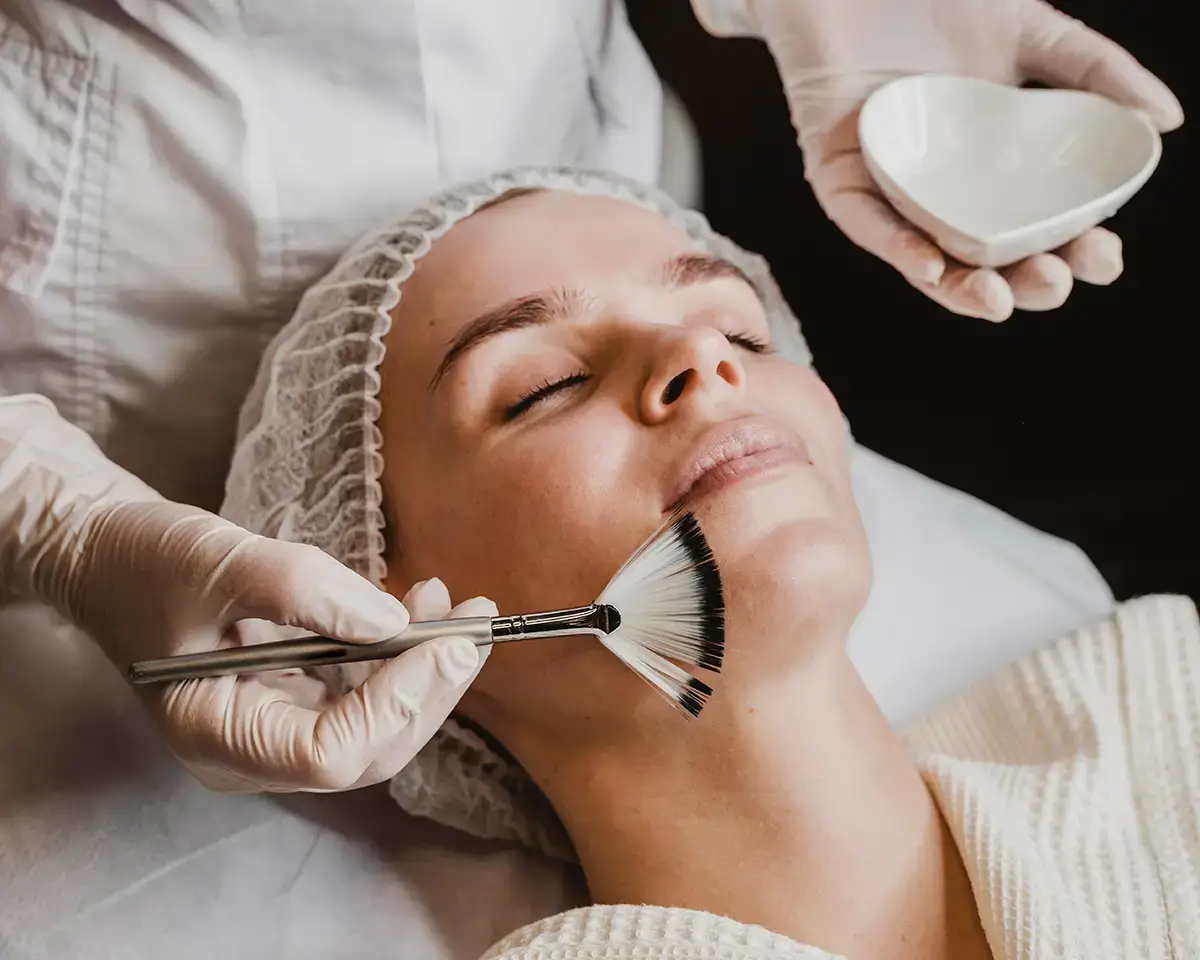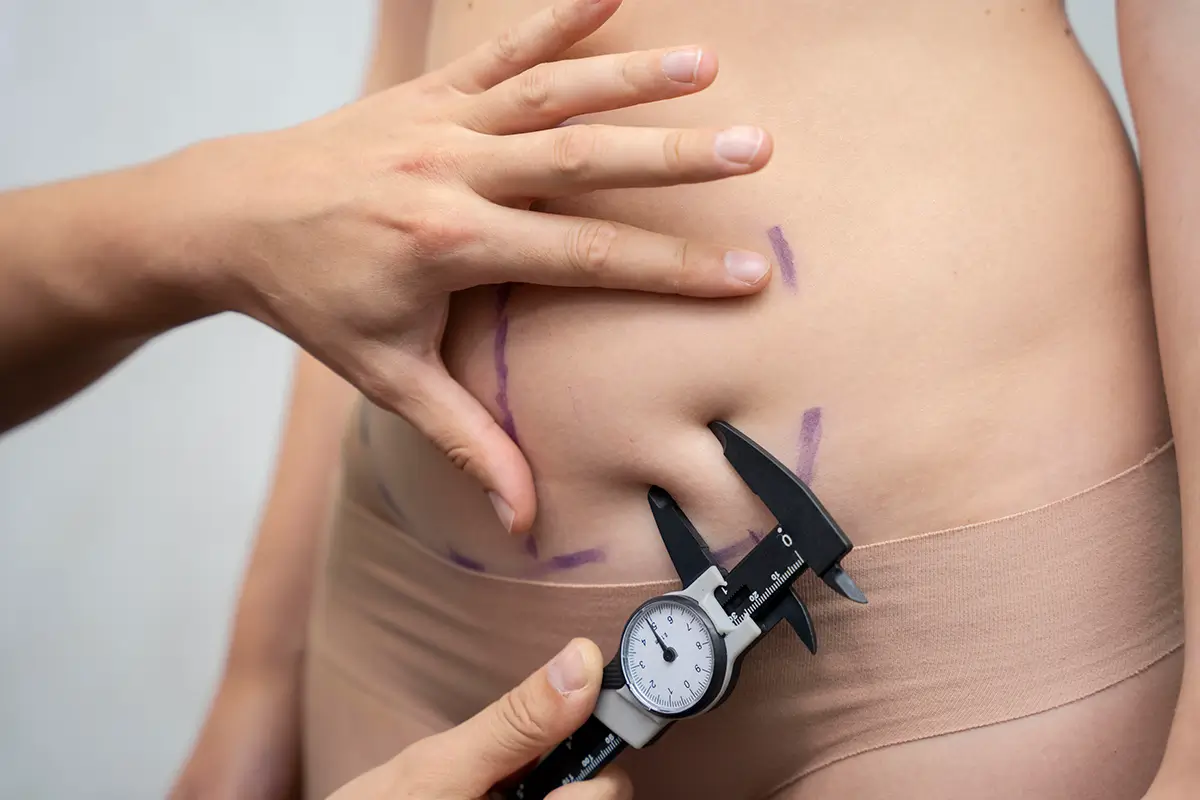Everything About Phenol Peel: Causes, Recovery, and Care
Phenol peel is an advanced dermatological procedure used to treat various skin conditions, providing significant results while requiring specific care during the recovery process. This treatment involves the application of a phenol-based solution, a strong acid that works by removing damaged layers of skin to reveal smoother, rejuvenated skin. Due to its effectiveness, phenol peel is often sought after by individuals looking to treat deep wrinkles, age spots, and facial scars. However, a thorough understanding of this procedure is essential for making informed decisions and ensuring safe and effective recovery.
According to the World Health Organization (WHO), phenol peel is classified as a specialized medical procedure aimed at improving skin appearance through controlled removal of damaged superficial layers. This technique is particularly effective for treating deep acne scars, wrinkles, and even stubborn skin discolorations such as melasma that resist conventional treatments. In Brazil, the Brazilian Society of Dermatology (SBD) reports an increasing demand for advanced cosmetic procedures in recent years, with phenol peel being one of the preferred options among patients seeking lasting and significant results.
What is Phenol Peel?
Phenol peel is a dermatological procedure that uses a phenol-based solution to remove deep layers of the skin. Phenol, a strong acid, induces a controlled reaction in the skin, leading to the removal of damaged cells and stimulating cellular regeneration. This process promotes the production of collagen and elastin, essential for firmer, youthful-looking skin. Phenol peel is typically recommended for individuals with deep wrinkles, acne scars, and uneven pigmentation.
Causes for Phenol Peel:
Primary indications for phenol peel include deep wrinkles, especially around the eyes and mouth, persistent acne scars, and skin discolorations like melasma. These conditions may be resistant to less invasive treatments, making phenol peel a viable choice for those seeking more dramatic and long-lasting results. It is crucial that the procedure is performed by an experienced dermatologist as high concentrations of phenol can cause skin damage if not administered correctly.
Post-Procedure Recovery:
After phenol peel, intense redness and skin peeling are common during the initial weeks. It is essential to strictly follow the dermatologist’s instructions to ensure proper recovery and minimize the risk of complications. Using moisturizing creams, broad-spectrum sunscreen, and avoiding sun exposure are essential care steps throughout the recovery period, which can vary from weeks to months depending on the depth of the peel performed.
Risks and Complications:
While phenol peel is generally safe when performed by qualified professionals, it carries some potential risks and complications. These include post-inflammatory hyperpigmentation, infections, allergic reactions to phenol solution, and in rare cases, permanent scarring. Careful assessment of the patient’s medical history and appropriate selection of phenol concentration are crucial to minimizing these risks.
Expected Results:
Phenol peel typically yields impressive results, with significant improvement in skin texture, visible reduction of wrinkles and scars, and a more even skin tone. Many patients report firmer, younger-looking skin after complete recovery from the procedure. However, it is important to have realistic expectations and understand that multiple sessions may be necessary to achieve desired results, especially for severe skin conditions.
Conclusion:
In summary, phenol peel is an advanced and effective dermatological procedure for significantly improving skin appearance by treating deep wrinkles, acne scars, and pigmentation issues. However, its application requires careful consideration and strict professional oversight to ensure safe and satisfactory outcomes. When considering this procedure, consulting with an experienced dermatologist and adhering to all recovery guidelines is essential. Understanding the benefits, risks, and post-procedure care is fundamental for making informed decisions and achieving the best aesthetic results.
Sources Consulted:
- World Health Organization (WHO)
- Brazilian Ministry of Health Brazilian
- Society of Dermatology (SBD)














